Oct 18, 1938-1938
United States of America
Cherry Tree Rebellion
Share
ACTIVISTS/ACT.GROUPS/DESCRIPTION OF THE GROUP
Eleanor "Cissy" Patterson
TARGET
Jefferson Memorial Relocation Project
WIDELY HELD BELIEF
Trees that have cultural and historical significance for the city should not be removed by government.
CASE NARRATIVE
Issue and Opponent: The Cherry Tree Rebellion was a protest against the construction of the Thomas Jefferson Memorial along Washington D.C. Tidal Basin, which was to replace the beloved cherry blossom trees planted upon the grounds. These trees were not only a pleasant addition to the city. They held historical significance since two of the first Yoshino cherry trees were planted by the then First Lady Helen Taft and Viscountess Chinda, wife of the Japanese Ambassador in 1912. In 1936, the Thomas Jefferson Memorial Commission was formed, and the present-day location was selected in 1937. However, this also meant that 88 of the publicly-adored cherry blossom trees would be removed. Thus began the Cherry Tree Rebellion, and many clubs, boards, communities, and citizens protested the construction. The protest, spearheaded by Eleanor “Cissy” Patterson, and her newspaper Washington Times-Herald, criticized the Franklin D. Roosevelt Administration and spurred her fellow citizens to speak out against the construction.
Dilemma Action: There were several actions taken, however, the most significant took place on November 18, 1938. A total of 50 protesters, led by Patterson herself, chained themselves to the cherry blossom trees later that day following a demonstration where they marched to the White House and recited the Joyce Kilmer poem “Trees.” The choice was to either forcibly remove the protesting women and bring even further criticism from the Washington D.C. citizens as they tore down the cherry blossom trees or to allow the protesters to continue chaining themselves to the trees and delay the construction of the memorial. Ultimately, the Roosevelt administration was forced to consult alternative methods of removing the protestors led by Patterson, ones that would avoid further villainy from the city– or perhaps even national scrutiny, given that Roosevelt was the President incumbent– as a result of their decision to carry on with the construction against the wishes of the protesters.
Outcome: The Cherry Tree Rebellion concluded when the women were convinced to give up. Roosevelt threatened to have the protesters chained to the trees be taken along with them, so the women retreated upon learning of the President’s unwillingness to back down. Another account suggested that the women were convinced to retreat after being served lunch by the Assistant Secretary of the Interior Michael Strauss. Strauss served the chained protesters a neverending supply of coffee, which quickened their need to use the restrooms and abandon the movement. The remaining cherry blossom trees were cleared in the middle of the night to avoid further conflict. Though Patterson would blast Roosevelt later in the evening of that day for misrepresenting the number of trees removed, the movement was stopped, and the project completed its construction. Work carried on, and the Thomas Jefferson Memorial was formally dedicated on April 13, 1943.
PRIMARY STRUGGLE/GOAL
NONVIOLENT TACTICS USED
DA TACTICS USED
Stand-in
CASE NARRATIVE WRITER
SUCCESS METRICS
3 / 12
(MC) Media Coverage
(MSYMP) Media coverage was sympathetic to the activists
(OR) Opponent response
PART OF A LARGER CAMPAIGN
0 / 3
RESOURCES
Project documentation
Dilemma Actions Coding Guidebook
Case study documentation
Dilemma_Actions_Analysis_Dataset
SOURCES
Hendrix, Steve. 2019. “‘Stop the massacre!’: When Women Chained Themselves to Washington’s Cherry Trees,” The Washington Post, March 30. Retrieved July 20, 2023. (https://www.washingtonpost.com/history/2019/03/30/stop-massacre-when-women-chained-themselves-washingtons-cherry-trees/).
Garcia, JoAnn. 2012. “Cherry Tree Rebellion,” National Park Service, March 15. Retrieved July 20, 2023. (https://www.nps.gov/nama/blogs/cherry-tree-rebellion.htm).
National Park Service. 2018. “The Cherry Tree Rebellion,” Retrieved July 20, 2023. (https://www.nps.gov/articles/the-cherry-tree-rebellion.htm).
Related cases
Nov 9, 2012-2012
United States of America
The National Socialist Movement (NSM), is an organization that specializes in theatrical and provocative protests and is one of the largest and most prominent neo-Nazi...
/
Aug 14, 2013-2013
Mexico
Monsanto intended to conduct widescale planting of GMO corn in Mexico. This would have been the first time GM corn had been planted on a large commercial scale in Mexi...
/
Jul 15, 2018-2018
Russia
Issue and Opposition: Pussy Riot, a Russian feminist protest and performance art group of 11 women was founded in 2011. The group rose to fame for its anti-Putin and a...
/
Subscribe to our newsletters to get full access to all materials on our website.

